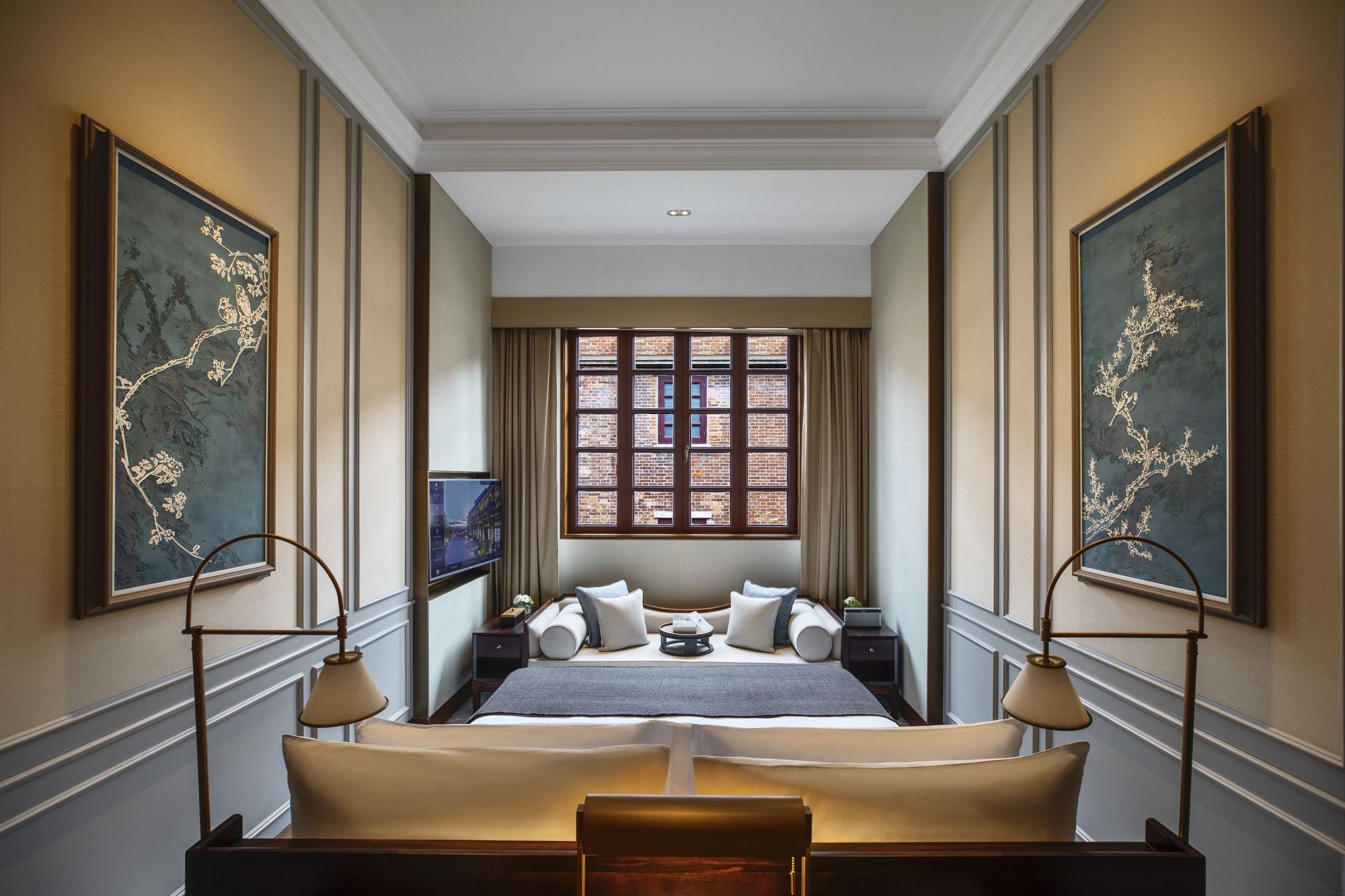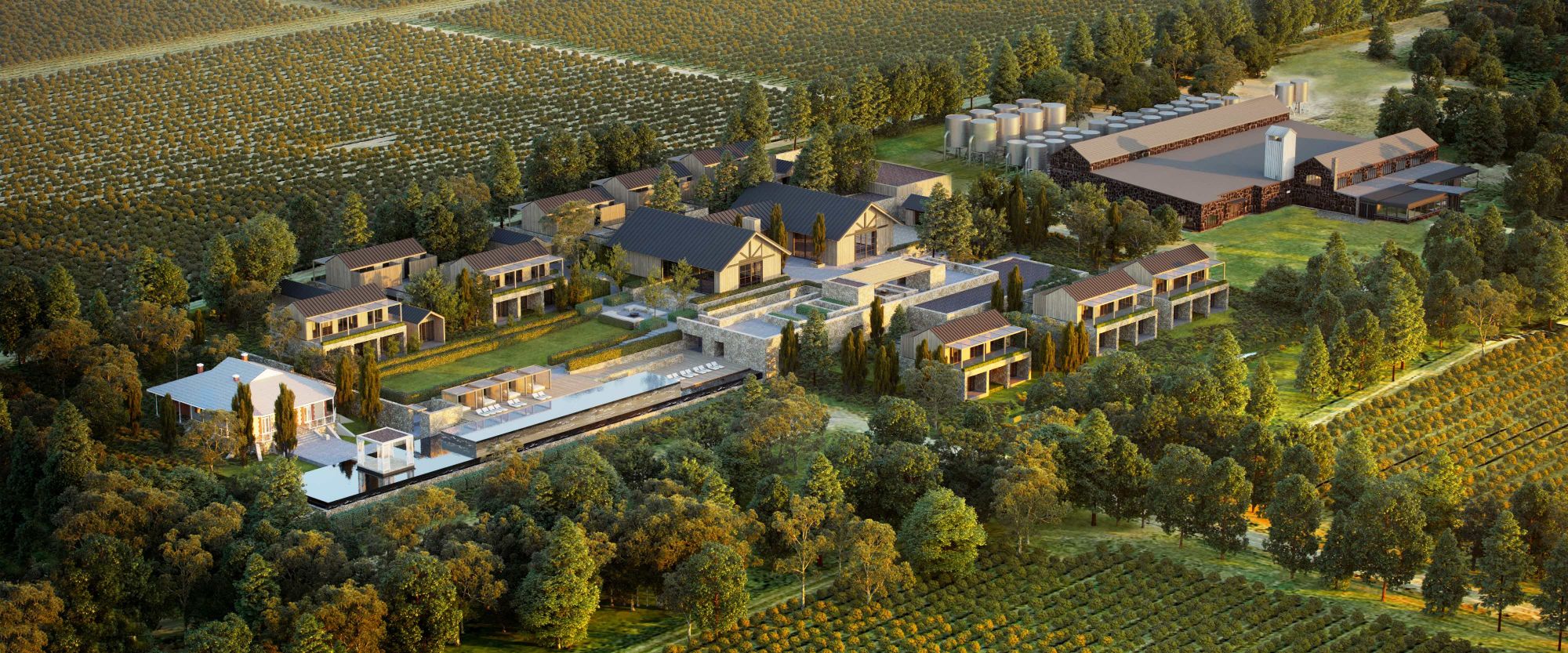Clint Nagata and Rengy John of Blink Design Group discuss the growing importance of holistic design and wellness in their projects, which include the Wirra Wirra Wellness Resort in Australia, Capella Shanghai and Raffles Maldives Meradhoo
There have been two fateful encounters in American-Japanese architect Clint Nagata’s professional life. The work of American hospitality designer Bill Bensley in Asia inspired Nagata to move from Hawaii to the region, while the influential oeuvre of Jaya Ibrahim persuaded him to acquire Jaya Ibrahim Design (JID) after Ibrahim’s sudden passing four years ago.
Nagata was approached by Ibrahim’s business partner Bruce Goldstein in 2016, inspired by the creative commonalities between the two firms. “For me, it was more of a personal endeavour to acquire the firm and to make sure that his legacy carried on properly. So we have been working on some projects out of China that he started,” he says. Today, JID is a part of Blink Design Group, a firm that Nagata founded in 2006 currently with offices in Singapore, Bangkok and Shanghai.

The third fateful encounter could arguably be with Rengy John, the firm’s managing partner, who joined the practice three years ago; their dynamic is instantly palpable when we meet them in their office. After working briefly together a decade ago on a hospitality project in China, the two reconnected during an event a few years back and bonded over their multicultural backgrounds—John is a Singapore citizen who grew up in South Africa.
The rest, as they say, is history. “We work really well together, we argue less and less and finish each other’s sentences; kind of like an old married couple,” shares John. Quips Nagata: “You have to work with someone you enjoy being around.”
Related: These Green Schools Are Building A Sustainable Future By Bringing Students Closer To Nature







